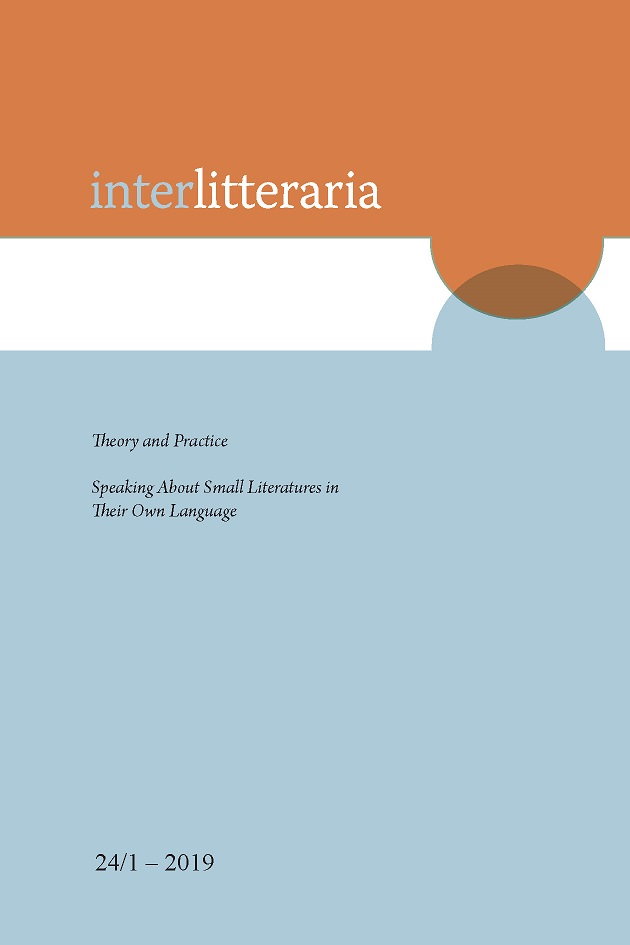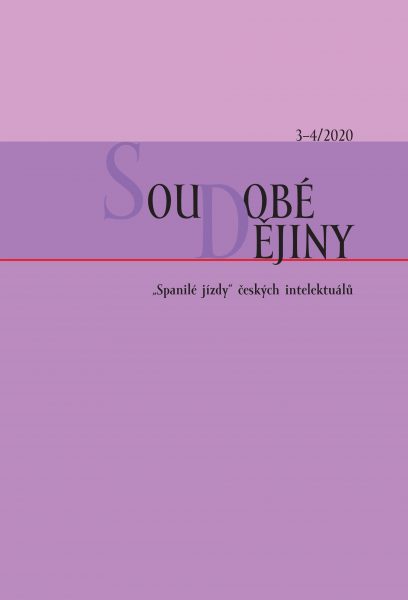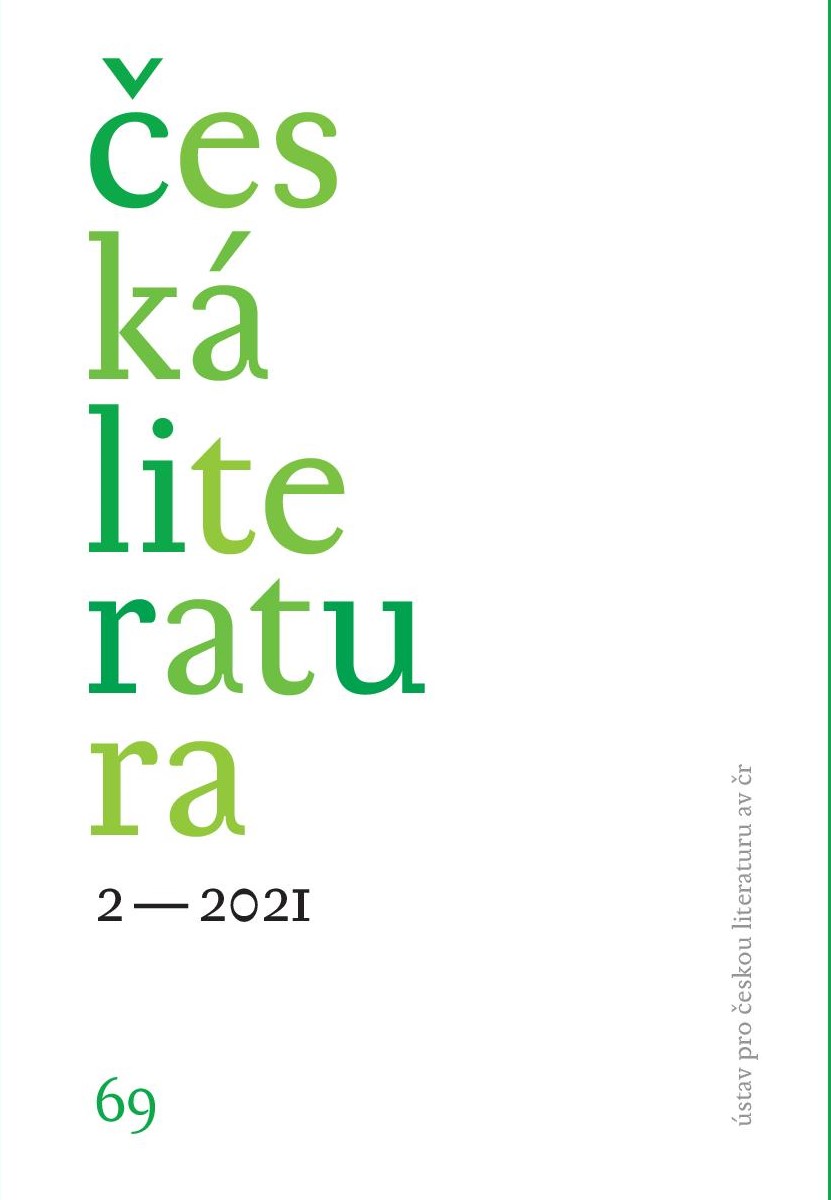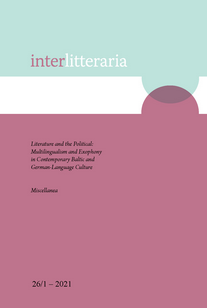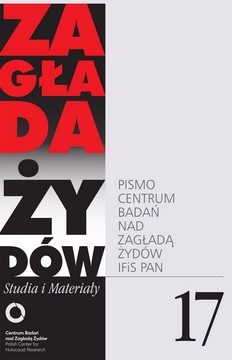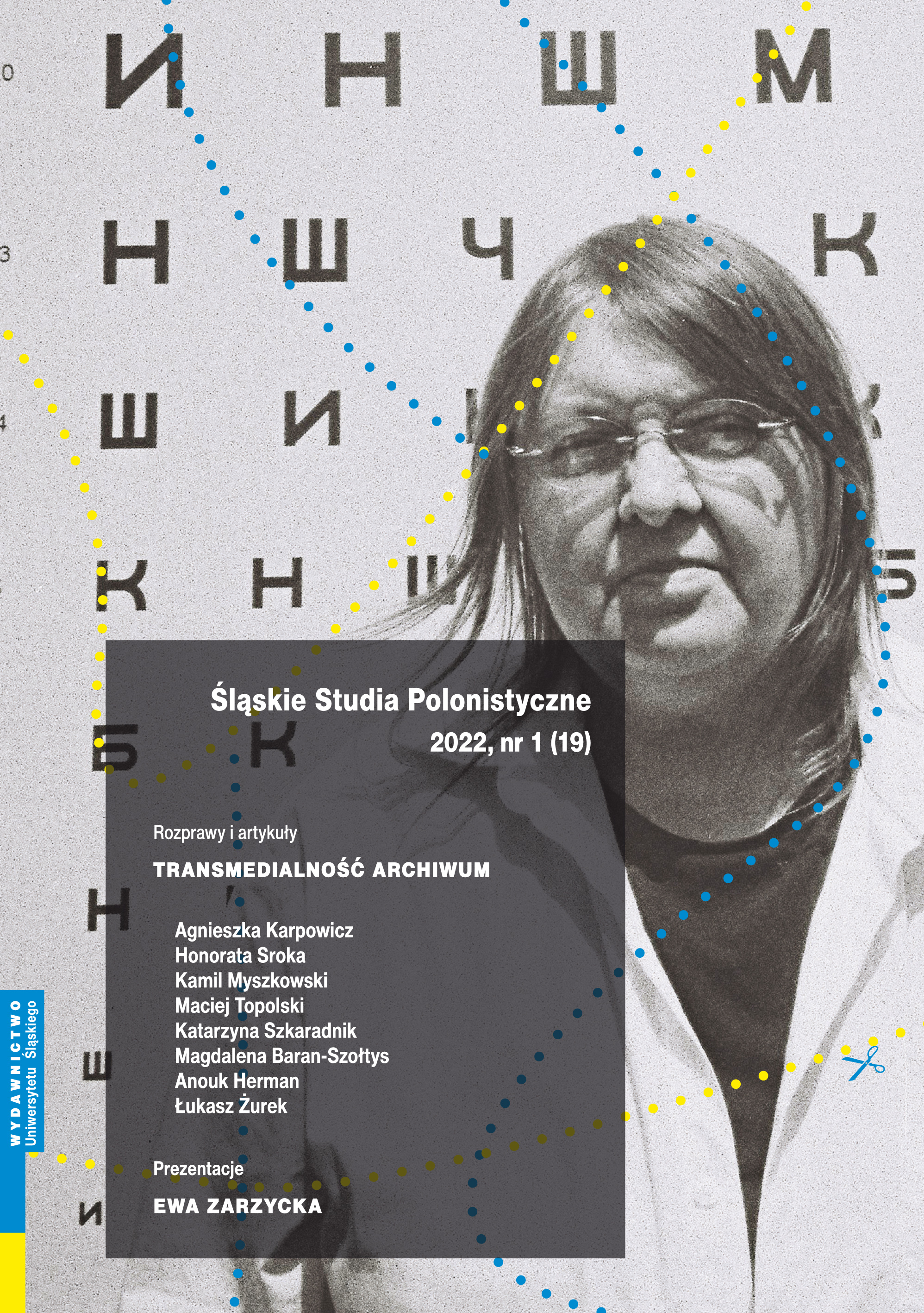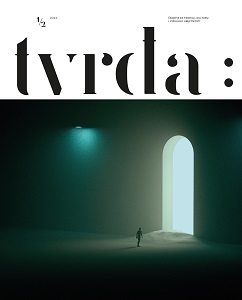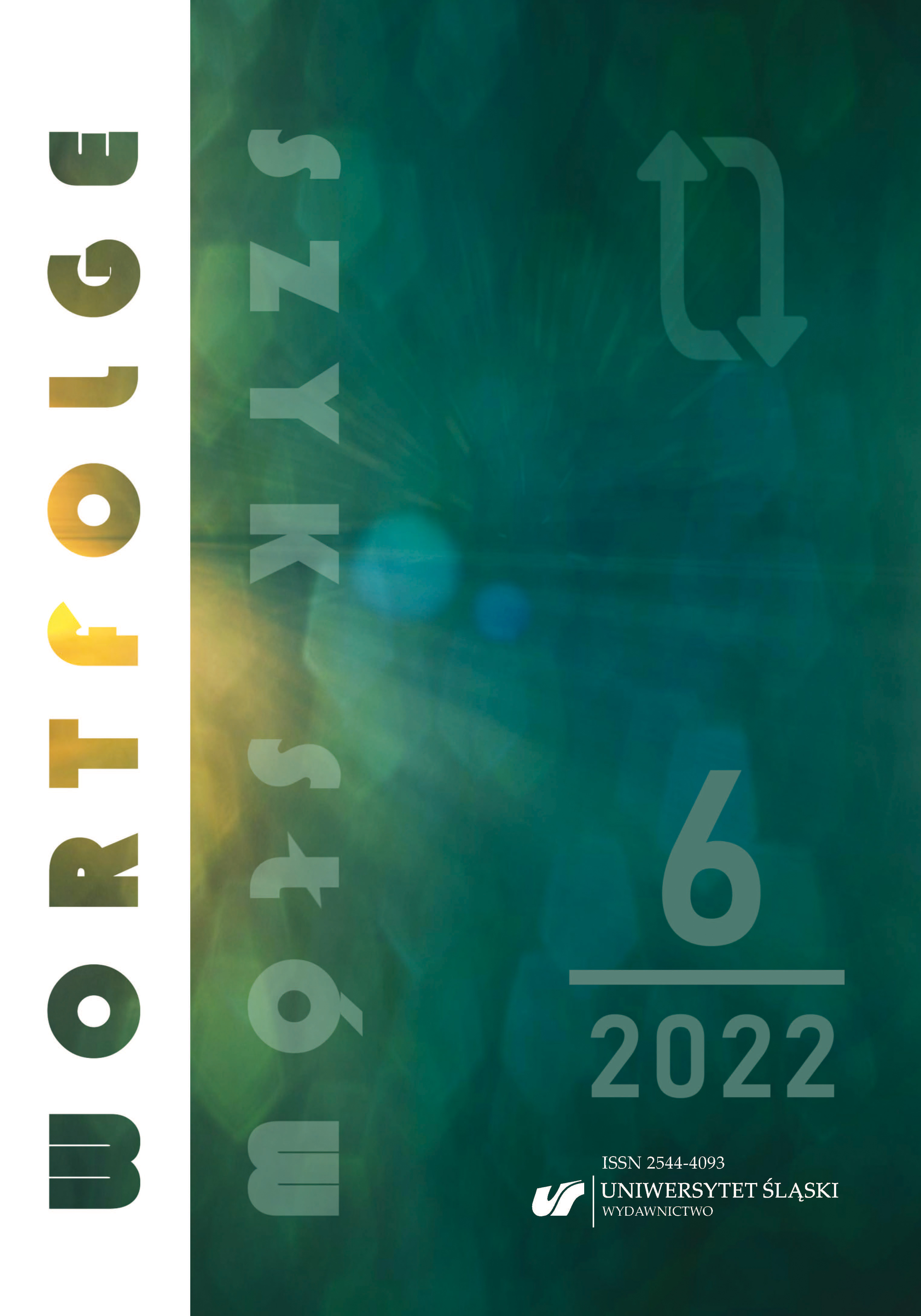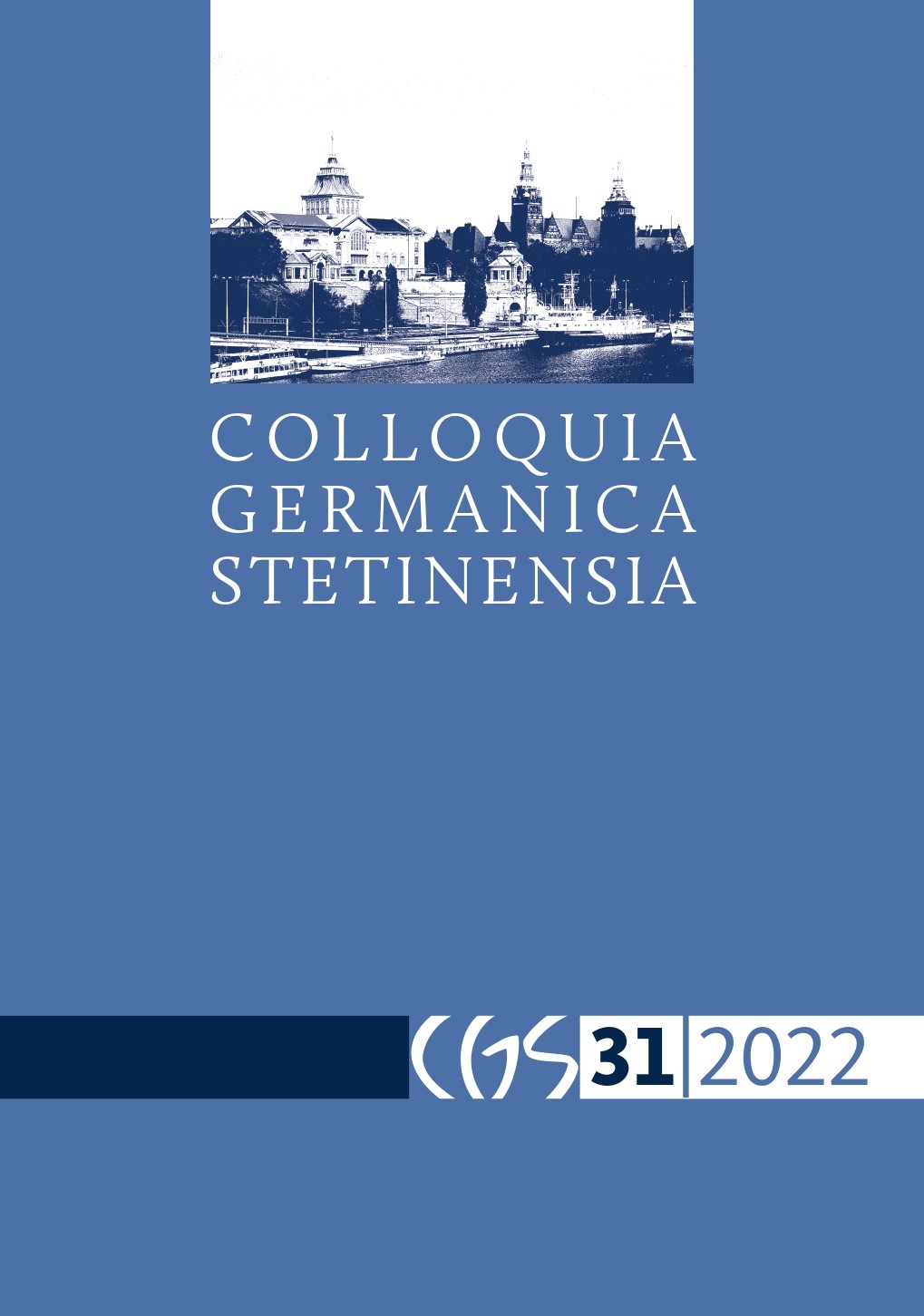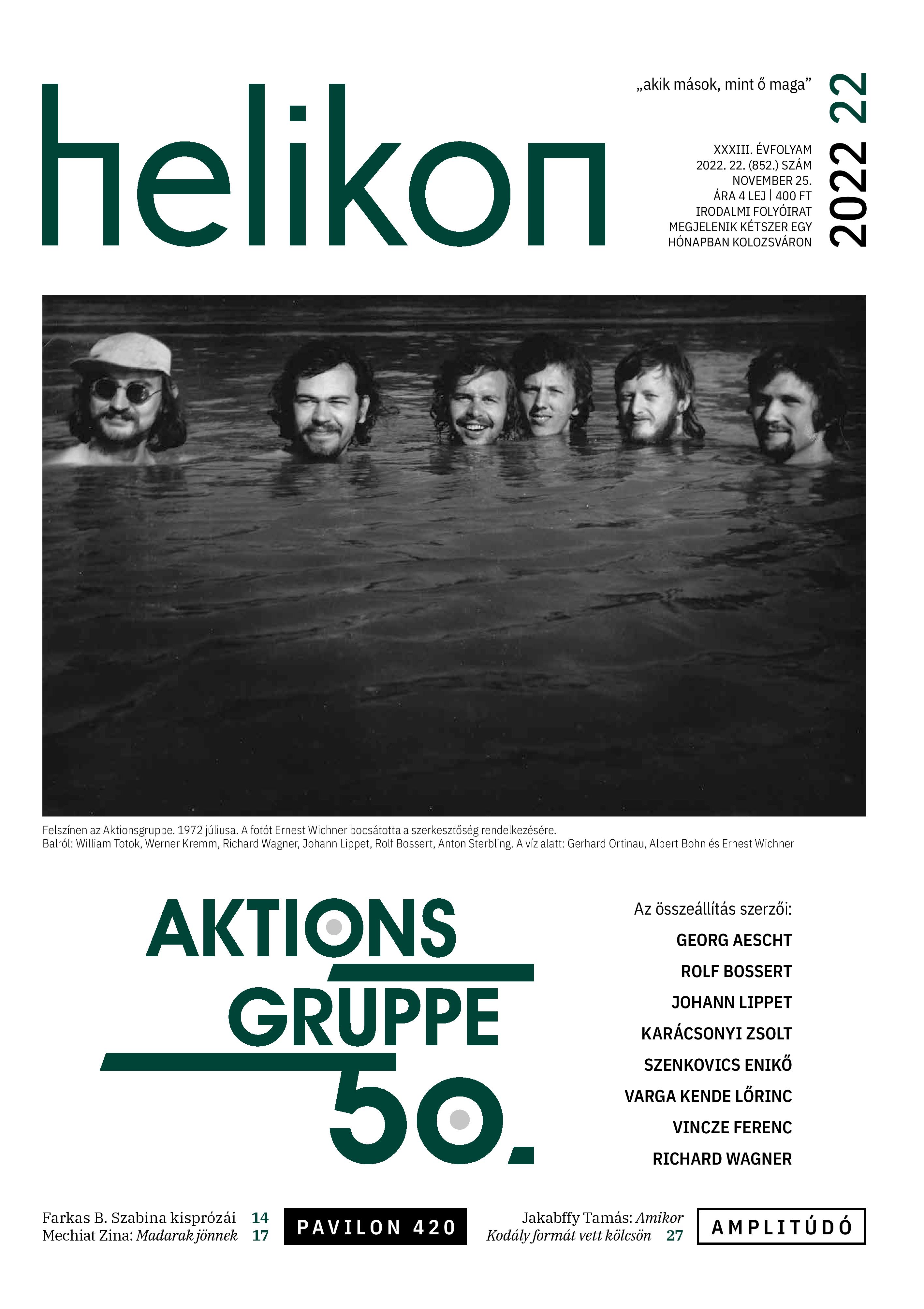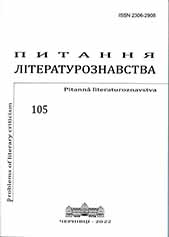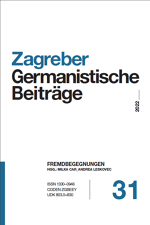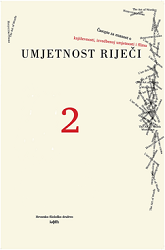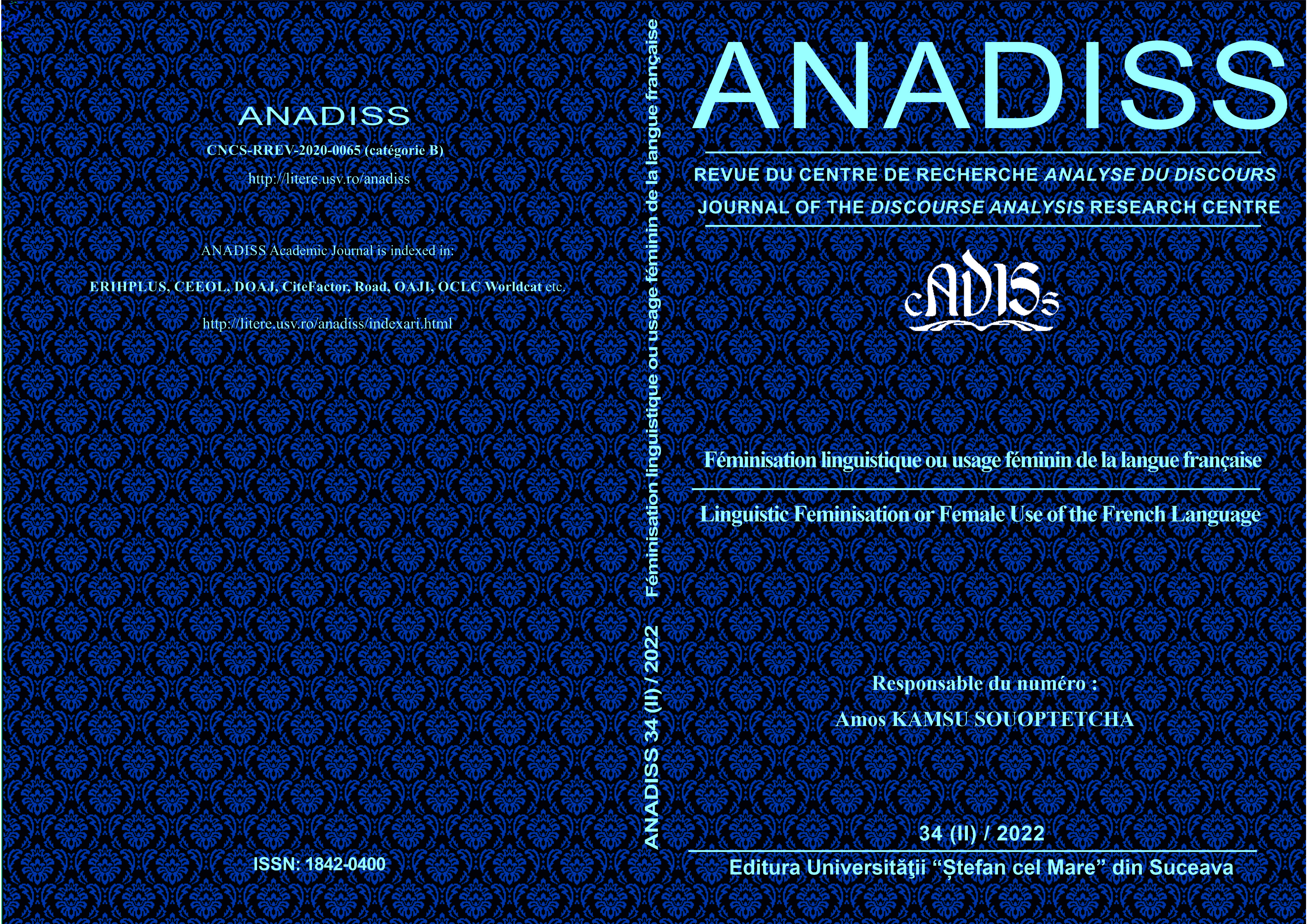Raamatutest ja lugemisest baltisaks memuaristika valguses
The article discusses the references to reading and learning to read in Baltic German memoirs. It also introduces some new sources, which are particularly valuable for containing information on everyday history. The examples represent the period from the late 18th century to the interval between the two World Wars. Despite the long period of report, as well as the social diversity and gender heterogeneity of the list of authors (e.g. Baer, Anders, Schwartz, Ostwald, Hunnius, Kentmann, Hartge, Bodisco, Taube, Staden etc.) it is notable that reading and books have often been considered worthy of discussing in memoirs. In most cases it is described how one learned to read (here the mother’s role can hardly be overestimated), adolescent reading experiences (as an important part of personality development) and the procurement of reading material. Adult reading habits can rather be deduced from indirect evidence, such as, e.g. mentions of reading to children or family, which was a popular pastime in Baltic German Biedermeier homes. The second half of the 19th century brings conscious guidance of children in the choice of reading materials, and also an accumulation of books in homes, due to improved conditions for publishing and bookselling as well as to economic growth in the Baltic provinces. University students, in addition, had access to the voluminous libraries of student corporations. The authors and texts referred to in the memoirs testify to a continuous consumption of culture, keeping in step with Germany and in touch with all fashionable and topical texts. A vital issue was the example of other family members and the availability of books to rouse and develop mental and spiritual interests in children, which was, however, done in a natural combination with other activities, without becoming an end in itself.
More...
